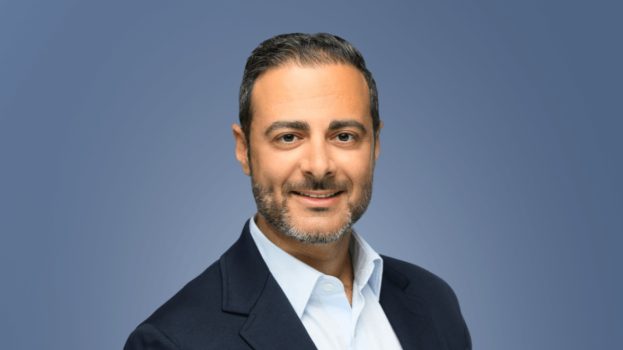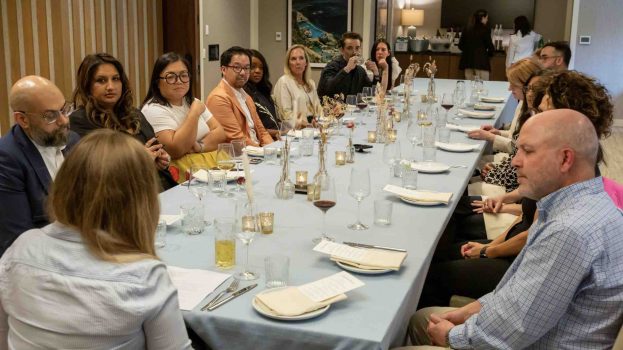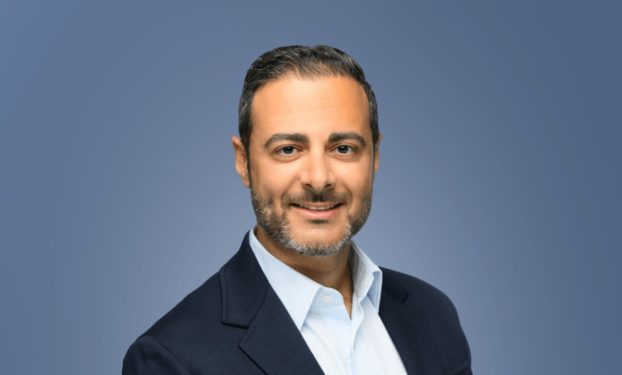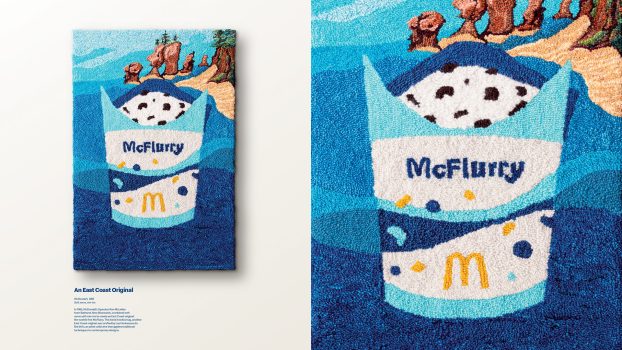In a move that would prove prescient, Maxime Dubois and Alexandre Guimond, the co-CEOs of Montreal-based outdoor retailer Altitude Sports, purchased the brand and moved the entire business online, closing its last store in 2019.
In addition to Altitude Sports, which carries around 90,000 SKUs per season, the duo own The Last Hunt, a website for discounted outdoor gear and apparel, and Vallier, an in-house, urban-focused apparel brand and website launched two years ago.
Today, Altitude Sports employs some 400 people and shipped more than a million packages during its last fiscal year, ended in March. And while the digital-only pivot a few years back helped accelerate its success as a leader in outdoor goods during the pandemic, the company has not been immune to the challenges facing retail in the early recovery period.
The company prides itself on being an early mover, says Dubois, whether that’s in its decision within the last year to begin offering same- and next-day delivery across Canada, or in carrying exclusive brands like Vallier, BlackYak (a Korean apparel collection made for different body types) and Norrona (a Norwegian brand comparable to Arc’teryx). Now, it’s making plans for a Black Friday and holiday shopping season unlike any the retail sector has seen before.
What’s your perspective on the biggest challenges facing retail right now? What are you doing to address them?
Dubois: Being a pure play online player, we’re in a good position. We have a lot of people monitoring [what inventory is] coming in and making sure we communicate with the brands. And the brands tend to prioritize us because we’re a market leader. That being said, there’s been great demand for our products in the last year-and-a-half. And the demand keeps on being there. There’s been a lot of web adoption. We’ve seen the percentage of our new clients explode, so the challenges are the same as in many other industries.
There have been a lot of shutdowns in countries where products are made – even in Canada – so it’s a challenge even in getting the raw materials to make the goods. For example, there were many [cancelled orders] for tents this summer due to a lack of aluminum. It’s the same thing with polar fleece. Some companies have trimmed their selection to concentrate on making fewer types of products, but making them good and delivering them on time.
Even once you obtain the raw material, produce the product, find the containers to ship it and it finally arrives, well, you need people to receive it. And it’s a challenge getting people.
We raised our base salary to $16.50 two or three weeks ago for our distribution center, and we raised everyone else by $2. This is the new normal – it’s not a COVID bonus. It’s what we see in the market as being the new standard. As soon as we did that, we started getting some traction in applications.
How long do you expect supply chain disruptions to last?
Probably a year or two. As an industry, we don’t realize how much we’re asking from our supply chain. Everything is timed – everyone wants their goods on a specific date. If production stops – they’re talking about shutting down the electricity in some Chinese cities right now due to pollution – and you’re supposed to produce 365 days per year, someone’s going to pay for it.
There are so many things we just don’t control, and it makes us realize that. It’s at every stage. If it were only about logistics, I’d say they’re probably going to figure it out – produce more containers and at one point it’s going to be solved. But the economies have boomed, and it’s like driving with one foot on the speed pedal and one foot on the brake – it’s as smooth as that. And I don’t think we will get back to normal before a few years at least, based on what we’ve seen so far.
What impact are those disruptions having on your marketing strategy?
We’re a state of the art marketing company, with around 30 people in our marketing team, including many performance marketing specialists. If a product is going to run dry, we stop running advertisements on the product or the brand if we know we’re way behind in terms of our target inventory. We’re able to focus on what brings the best ROI. We don’t spray and pray.
At the same time, we are increasing our awareness campaigns, because [our awareness does not align with the size of our business] when you look at our competitors and the volume of sales we do versus them. We’re doing billboards in Toronto, Montreal, some video ads on different platforms. But the bulk of our marketing still is about acquiring and reconverting the clients that are already with us.
How important is the holiday shopping season for you? How are you approaching it this year knowing you may not have everything in stock?
 It’s big. It’s like our Stanley Cup. So there’s a little nervousness to execute well. Right now, we’re looking to onboard a little more than 300 people to be ready for the week of Black Friday. It’s fun, though, because we get to execute everything we built.
It’s big. It’s like our Stanley Cup. So there’s a little nervousness to execute well. Right now, we’re looking to onboard a little more than 300 people to be ready for the week of Black Friday. It’s fun, though, because we get to execute everything we built.
When it comes to inventory challenges, we recently sent an email to our customers to warn them that we’re many months late in many deliveries and usually we should have had our stocks in July and August to be ready and fully stocked. Right now, we have a really good selection. But there’s less depth in the stocks. So we’re telling people, ‘If you see something you like, don’t wait for Black Friday because we don’t want you to be disappointed.’
That being said, there will be a Black Friday. But there are some products that are very popular that will probably not be available or even discounted. There are some brands we already know will not be discounted for Black Friday. It’s not the majority. We still want to make it an event and get people excited and give value, but that’s the reality of operating in a market where there are just fewer goods available.
This interview has been edited for length and clarity. It is part of a series for Strategy C-Suite, a weekly briefing on how Canada’s brand leaders are responding to market challenges and acting on new opportunities.
























